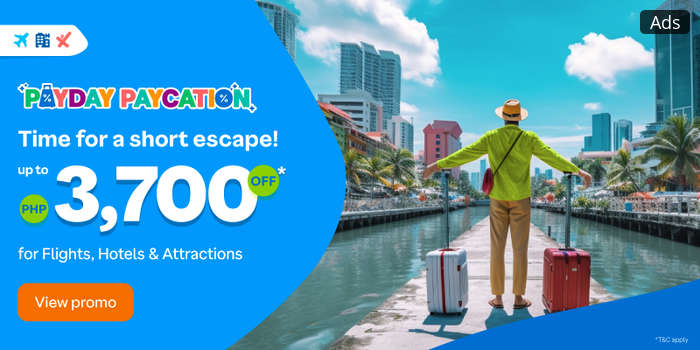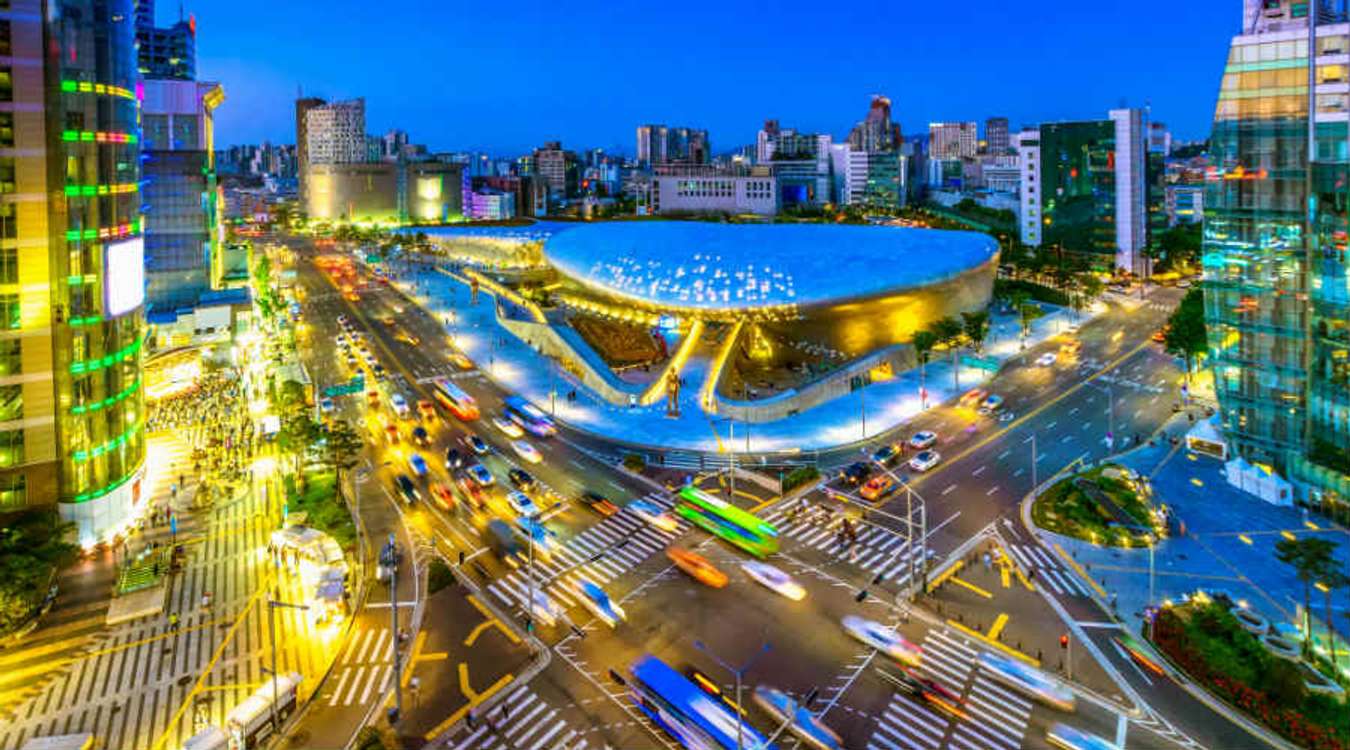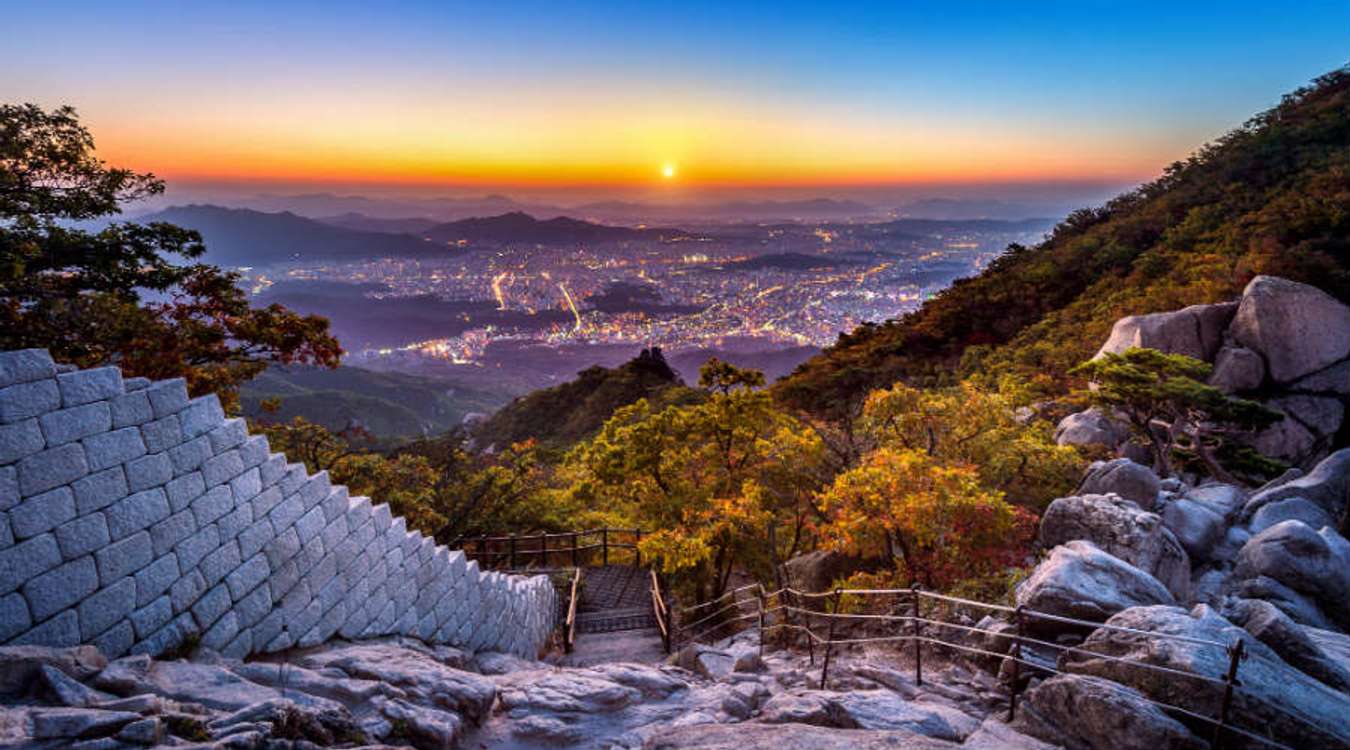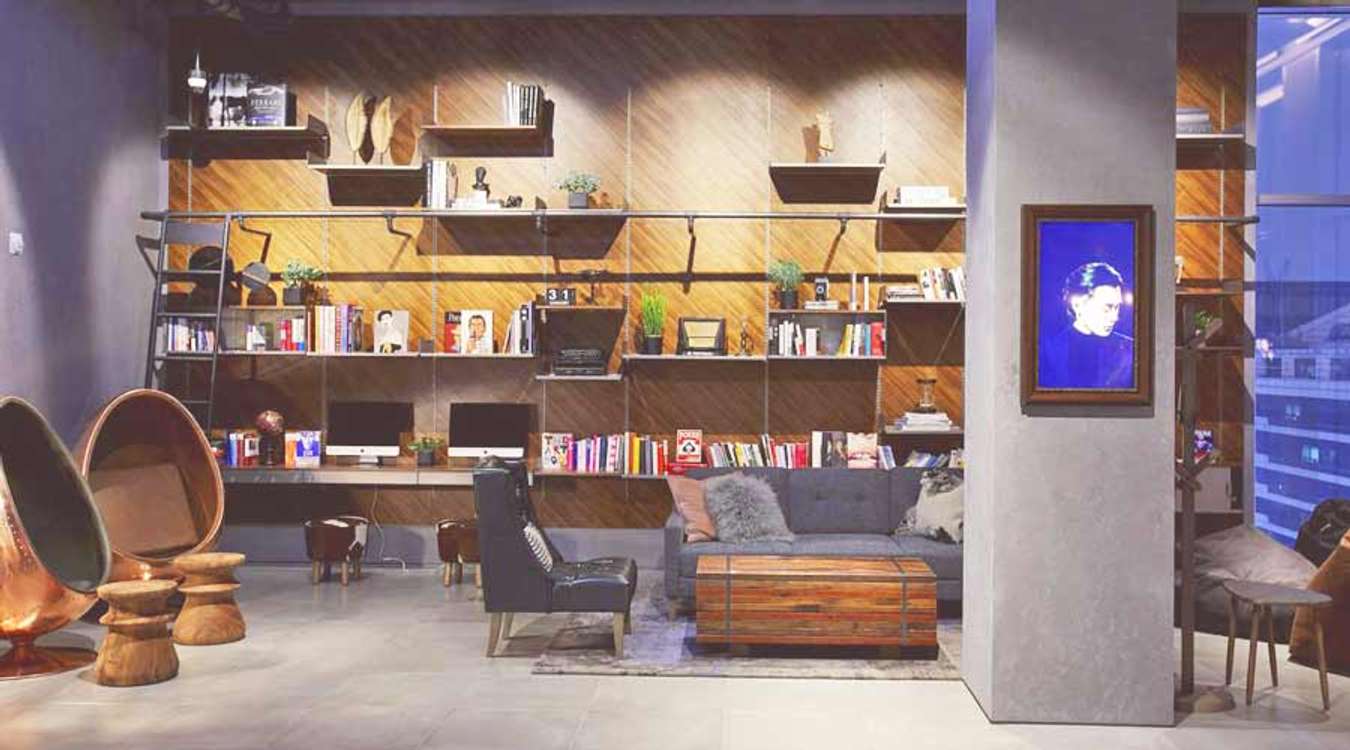Traveloka PH
09 Aug 2019 - 13 min read
An Immersive 5D/4N Seoul Itinerary for Your Barkada

Day 1: Museum-hopping + Dongdaemun District
One of the best things about Seoul is you don’t have to wander far to appreciate art and history. You can find museums in Itaewon and Yongsan, including Seoul that has several noteworthy museums to visit.

Day 2: Get a glimpse of ancient Korea in Jongno
The Jongno District is home to Seoul’s five famous palaces and traditional houses, all built centuries ago.

Day 3: See Seoul from atop a mountain
Although South Korea is a relatively small country, it’s surrounded by well-preserved national parks and mountains. In Seoul alone, there’s Mount Namsan, and just a short ride away are Bukhansan National Park and Inwangsan Mountain.

Day 4: Go to the DMZ
The Korean Demilitarized Zone (DMZ) is the border that divides North and South Korea and is located about 60km north of Seoul. Given its history, it is advisable to visit it through a guided tour. On-site shops sell items made in North Korea, including confectionery and money.

Day 5: Dine and shop in Insadong, Gangnam, and Myeongdong
Seoul is a shopper’s paradise, but the bustling districts of Insadong, Gangnam, and Myeongdong stand out from the rest.

Where to Stay
Be well-rested for the day ahead with the best hotels in Seoul. Each neighborhood offers several options depending on your budget and preferences.
Gangnam

One of the most expensive cities in Seoul, Gangnam is surrounded by KPop music labels, designer shops, cosmetic clinics, and upscale restaurants.
Recommended Accommodations in Gangnam
1. Novotel Ambassador Seoul Gangnam 2. InterContinental Seoul COEX 3. ibis Styles Ambassador Seoul Gangnam 4. L7 Gangnam by LOTTE 5. GLAD LIVE GANGNAM 6. Dormy Inn Premium Seoul Garosugil 7. Mercure Ambassador Seoul Gangnam Sodowe 8. Imperial Palace Seoul 9. Shilla Stay Yeoksam 10. Stay Hotel Gangnam
Itaewon

Home to a large collection of foreign restaurants, clubs, hotels, and shops, Itaewon is popular with foreign travelers. It is the most culturally diverse place in Seoul and is home to Korea’s sole mosque.
Recommended Accommodations in Itaewon
Hongdae

For the rebel and art aficionado, there’s Hongdae, a hip neighborhood famous for its art and indie music scene.
Recommended Accommodations in Hongdae
Insadong

Part of Jongno District, Insadong hosts a dizzying array of shops and restaurants, along with some of the most memorable remnants of the Joseon dynasty, including grand palaces.
Recommended Accommodations in Insadong
Travel Tips for Seoul
Ready to wander Seoul with your friends? Save money and book your with Traveloka for the best deals!]]>


 Facebook
Facebook Instagram
Instagram TikTok
TikTok Youtube
Youtube
